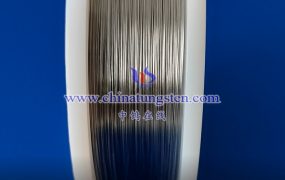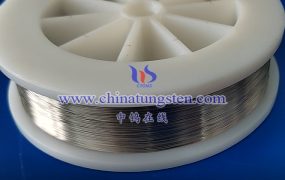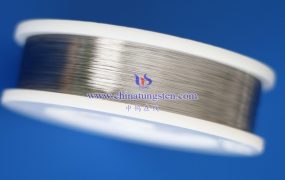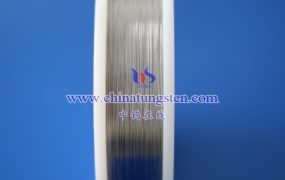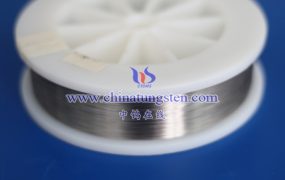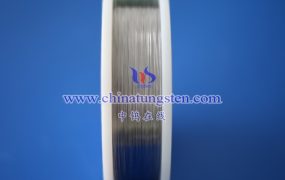The corrosion resistance of black tungsten wire depends on environmental conditions:
Advantageous Scenarios: Inert gas or vacuum environments, room-temperature acid/alkali solutions, and halogen-free environments. Scenarios to Avoid: High-temperature oxidizing environments, strong acids (e.g., aqua regia), and halogen gases.
- Chemical Stability: Excellent Corrosion Resistance at High Temperatures
- Inert Gas or Vacuum Environments: Tungsten remains chemically inert at high temperatures (e.g., ~2500°C in incandescent lamps), showing minimal reaction with inert gases (e.g., argon) or residual gases in a vacuum. This makes it widely used in high-temperature applications like incandescent lamp filaments and electron tube cathodes.
- Oxidizing Environments: In oxygen-containing environments, tungsten surfaces slowly oxidize to form a dense tungsten trioxide (WO₃) layer. However, at temperatures above 600°C in air, the oxidation rate increases significantly, causing the wire to become brittle and fracture. Therefore, it must be used in inert atmospheres or vacuums.
- Resistance to Acid and Alkali Corrosion: Stable at Room Temperature, Limited at High Temperatures
- Room-Temperature Conditions: Tungsten exhibits good corrosion resistance to most acids (e.g., hydrochloric acid, sulfuric acid) and alkalis but dissolves in hydrofluoric acid (HF) and aqua regia (a mixture of concentrated hydrochloric and nitric acids), forming soluble tungstates.
- High-Temperature Conditions: In strong acid or alkali solutions, tungsten’s corrosion rate increases significantly with temperature, potentially leading to material failure due to chemical reactions or electrochemical corrosion.
- Resistance to Halogen Corrosion: Avoid Specific Environments
- Tungsten is sensitive to halogen gases such as fluorine and chlorine, especially at high temperatures, where it reacts violently to form volatile tungsten halides (e.g., WF₆, WCl₆), leading to rapid material loss. Therefore, tungsten wire should be avoided in halogen-containing environments (e.g., certain chemical vapor deposition processes).
- Corrosion Resistance Optimization in Practical Applications
- Surface Treatment: Applying coatings (e.g., aluminum, zirconium) or oxidation treatments can form a protective film on the tungsten wire surface, enhancing its corrosion resistance in specific environments.
- Alloying: Adding small amounts of rhenium (Re) or other elements can improve tungsten’s high-temperature strength and creep resistance, indirectly extending its service life in high-temperature oxidizing environments.
- Environmental Control: In applications like incandescent lamps and electron tubes, using a vacuum or filling with inert gases (e.g., argon, krypton) significantly reduces oxidation rates, extending the lifespan of tungsten wire.
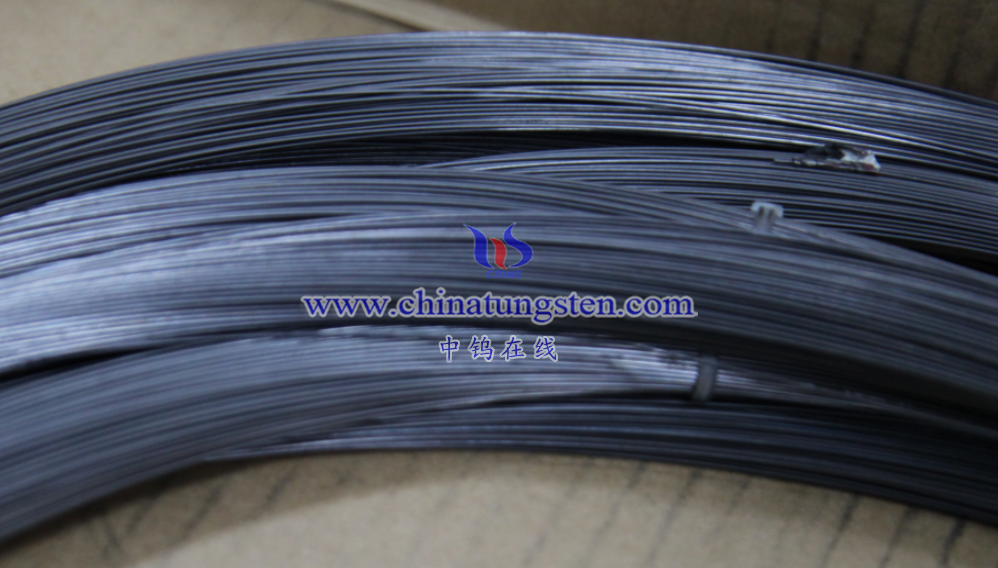
More details of tungsten wire, please visit website: http://www.tungsten-wire.com.cn/
Please contact CHINATUNGSTEN for inquiry and order of tungsten wire:
Email: sales@chinatungsten.com
Tel.: +86 592 5129595
